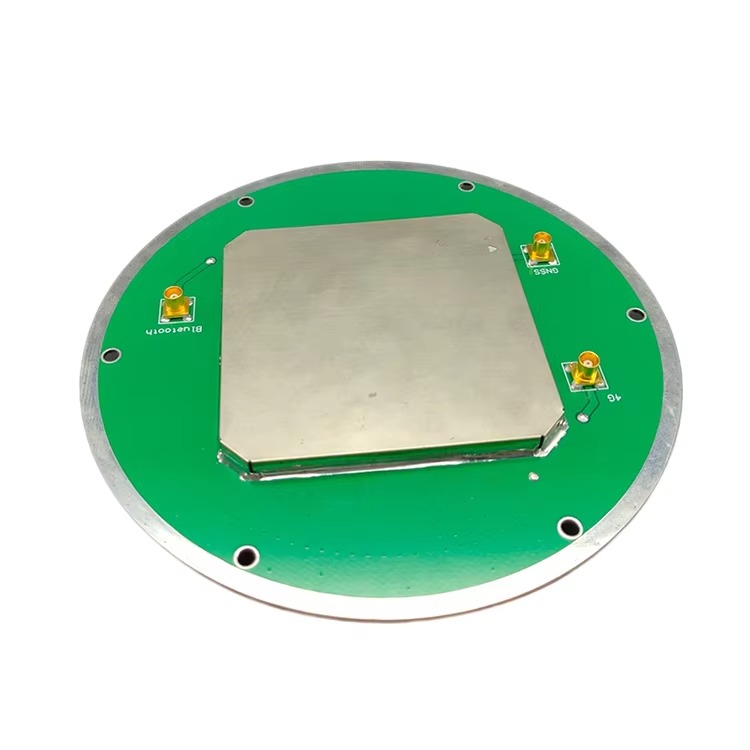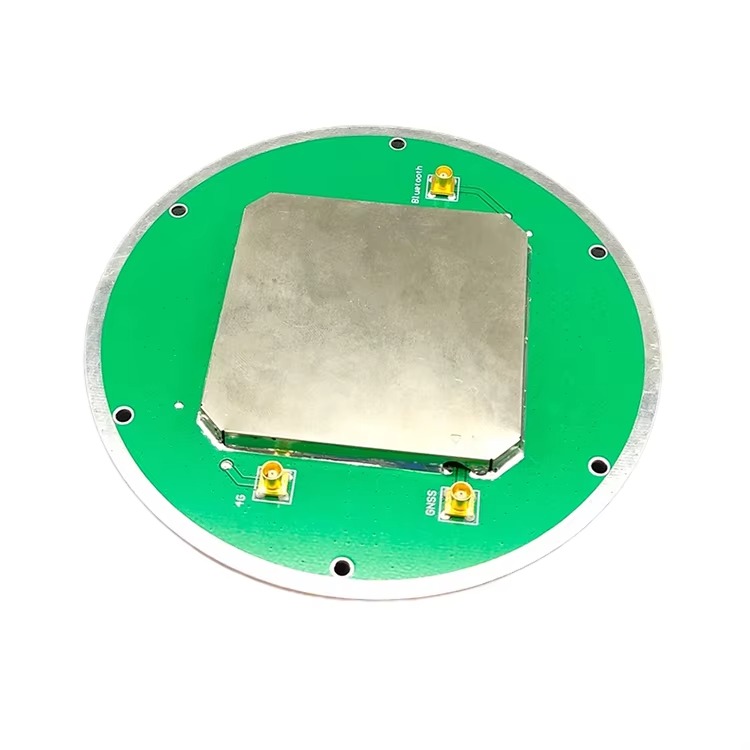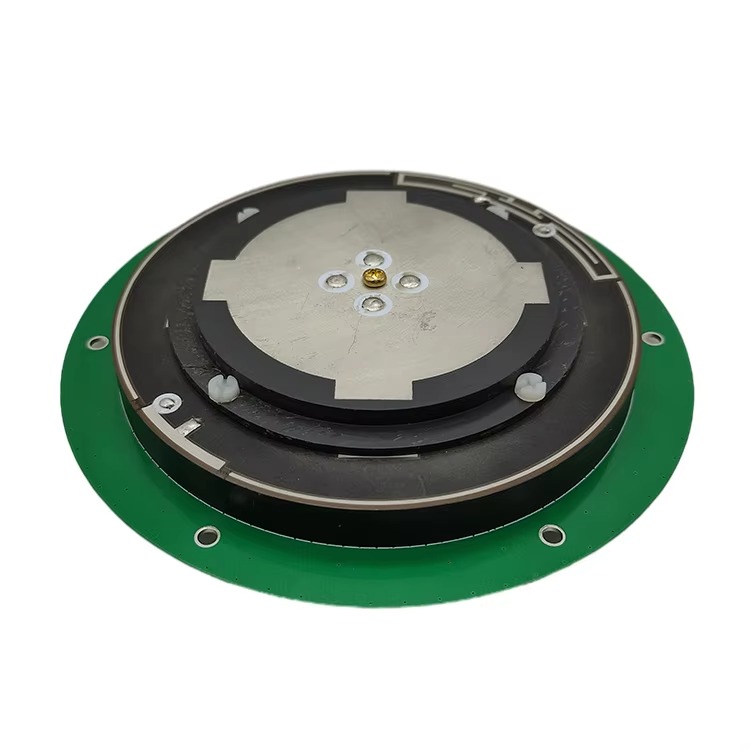High-gain RTK surveying antennas are deployed in scenarios where signal strength is the limiting factor for precision positioning:
Forestry and Environmental Surveying: In dense forests, where tree canopies block or attenuate satellite signals, high-gain antennas enable accurate mapping of terrain, vegetation, and wildlife habitats. They are used in conservation projects to monitor deforestation rates, measure carbon sequestration, and map watersheds, providing data that informs sustainable land management.
Urban Infrastructure Surveys: In cities with tall buildings, high-gain antennas maintain RTK accuracy for projects such as utility mapping, road construction, and building deformation monitoring. They allow surveyors to work in narrow streets or between skyscrapers, where standard antennas would struggle to maintain a sufficient number of satellite locks. For example, monitoring the movement of skyscrapers during construction requires centimeter-level precision, even in the shadow of adjacent buildings.
Mining and Quarrying: In deep open-pit mines or narrow valleys, high-gain antennas capture signals from low-elevation satellites that clear the mine walls. They are used to guide drilling equipment, monitor slope stability, and map ore deposits, ensuring safe and efficient operations. The ability to maintain RTK accuracy in these challenging environments reduces the need for expensive ground-based positioning systems.
Precision Agriculture in Covered Environments: In greenhouse agriculture or regions with dense cloud cover, high-gain antennas amplify weak signals to guide autonomous tractors, map soil variability, and monitor crop health. They ensure that precision farming techniques—such as variable-rate fertilization—can be applied even in conditions that would degrade the performance of standard RTK systems.
Drone-Based Surveying in Complex Terrain: Drones equipped with high-gain antennas are used to map rugged terrain, such as mountain ranges, coastal cliffs, or volcanic areas. The antenna’s ability to amplify signals allows the drone to maintain centimeter-level positioning even when flying at low altitudes or near vertical surfaces, enabling detailed 3D modeling of hard-to-reach areas.
Future Trends
The development of high-gain RTK surveying antennas is shaped by advances in materials, artificial intelligence, and satellite technology:
AI-Optimized Beam Steering: Machine learning algorithms will enable antennas to predict and adapt to signal blockages in real time. By analyzing historical data and current satellite positions, AI systems will dynamically adjust the radiation pattern to avoid multipath sources and focus on the most reliable satellites, reducing errors in urban and forested environments.
Metamaterial Arrays: Metamaterials—engineered materials with unique electromagnetic properties—will enable smaller, lighter high-gain antennas. These materials can manipulate electromagnetic waves to achieve high gain with fewer elements, reducing size and weight by 30–50% compared to traditional arrays. This will expand their use in small drones and portable surveying equipment.
Integration with LEO Satellite Constellations: Low Earth Orbit (LEO) satellite constellations (e.g., Starlink, OneWeb) will provide stronger, more frequent signals than traditional GNSS satellites, complementing the gain of high-gain antennas. This combination will improve performance in polar regions and deep canyons, where traditional satellite coverage is limited.
Multi-Band, Multi-Constellation Optimization: Future high-gain antennas will support an even broader range of frequencies, including new GNSS bands such as GPS L1C, Galileo E6, and BeiDou B3. This will enable better mitigation of atmospheric errors and interference, further enhancing accuracy in challenging environments.
Energy Harvesting and Power Efficiency: Advances in low-power electronics and energy harvesting (e.g., solar-powered LNAs) will reduce the power consumption of high-gain antennas, extending battery life in portable applications. This will make them more practical for long-duration surveys in remote areas.
Conclusion
High-gain RTK surveying antennas represent a critical innovation in geospatial measurement, enabling centimeter-level precision in environments where standard equipment would fail. Their ability to amplify weak satellite signals through phased array design, directional radiation patterns, and advanced signal processing has transformed the scope of RTK applications, from forestry and urban infrastructure to mining and drone surveying. By overcoming the limitations of signal attenuation and obstruction, these antennas have expanded the reach of high-precision positioning technology, making it possible to collect accurate data in previously inaccessible locations.
While challenges such as multipath sensitivity, size, and cost persist, ongoing advancements in AI, metamaterials, and satellite technology are addressing these limitations. Future high-gain antennas will be smaller, more efficient, and smarter, with the ability to adapt dynamically to changing signal conditions. As a result, they will play an increasingly vital role in supporting industries that rely on




































































 Language
Language
 En
En Cn
Cn Korean
Korean

 Home >
Home > 







 18665803017 (Macro)
18665803017 (Macro)













